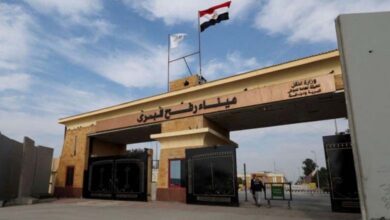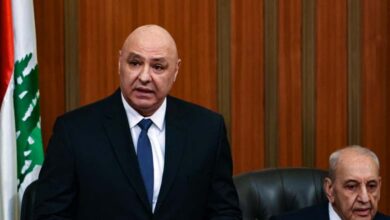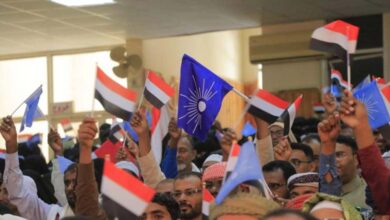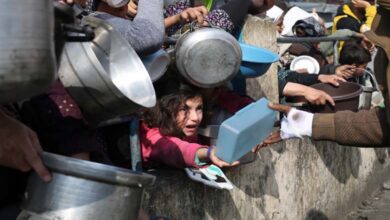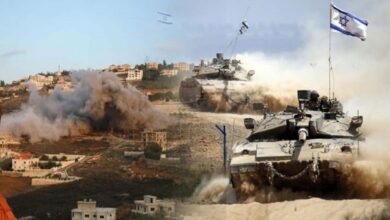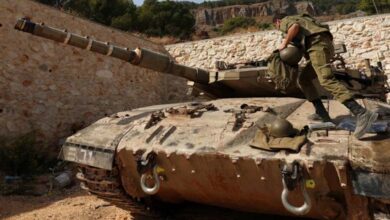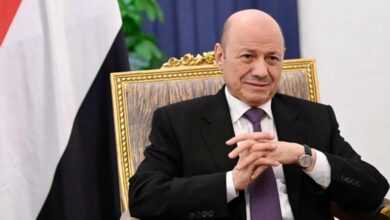Iraq: What comes after Rashid’s Election as President?
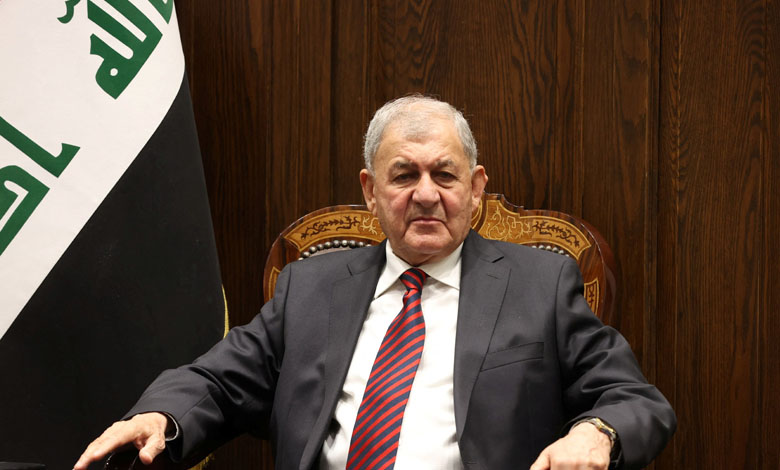
An analysis published by the Middle East Institute sheds light on the political situation in Iraq after the election of Abdul Latif Rashid as president.
The analysis said that contrary to the tradition started by former president Fouad Massoum, outgoing president Barham Salih did not participate in the inauguration ceremony.
Appointed Prime Minister Mohammed Shia’ Al Sudani, who was nominated by the Coordinating Framework bloc led by former Prime Minister Nouri al-Maliki, is expected to finish forming his government within days, and the Iraqi parliament is likely to vote on it next week.
The Iraqi government formation process, which began immediately after early elections in October 2012, is taking place against the backdrop of a complex economic context, exhausted state institutions, and a highly fragmented political process.
Over the past year, Iraq has experienced severe political turmoil, marked by two very important developments: the transition from consensual to a parliamentary system based on a large majority, as well as the signs of a “civil war”.
Despite popular support for the majority government, the major political parties that called for such a shift, particularly the Sadrist Movement, failed to achieve the ultimate goal, and Muqtada al-Sadr himself is currently backing away from the political scene.
His next steps remain unclear as his constituencies are still searching for answers as to why their faction lost the chance to form a new government despite winning 73 seats in parliament 12 months ago. Iraq also avoided what appeared, earlier this fall, to be an imminent violent conflict between Shiites. The convergence of domestic, regional, and international factors has saved the country from such an outcome.
Power enhancement
Most political analysts agree that after Rashid’s inauguration, the coordination framework will strengthen its authority in the Iraqi state’s major institutions and at all bureaucratic levels, possibly at the expense of al-Sadr.
However, the politically oriented government formation process still has one month to go, and no one can be sure that al-Sadr or his faction will eventually be removed.
In parallel with these developments, a new coalition was announced in Baghdad on Saturday, October 15.
This coalition includes new entities, a number of civil society institutions, and dozens of activists and protesters who participated in the wave of protests in October 2019.
As its members explained, the council represents a new political entity to confront “the traditional political forces and armed factions that dominate the country.” The announcement was the culmination of several months of heated discussions among the various youth-led forces mainly on how to respond to al-Sadr’s demonstrations.
These entities realized that they needed to unify and launch a sustainable political program that would transform Iraq’s neoliberal youth forces into an electoral competitive force.
“Despite last year’s downfalls, Iraq continues to move forward toward political transition.” “The Iraqi political process that began in 2003 has relied primarily on formerly exiled parties, whose strength, status, and role have been amplified by regional patronage and international imperatives.”
However, the protest movement in October 2019, the subsequent snap elections in October 2012, and the political turmoil that has accompanied the government formation process since then should be seen as tactical developments on Iraq’s path toward strategic transformation. This trip may finally show some tangible results during the next election or two cycles.


